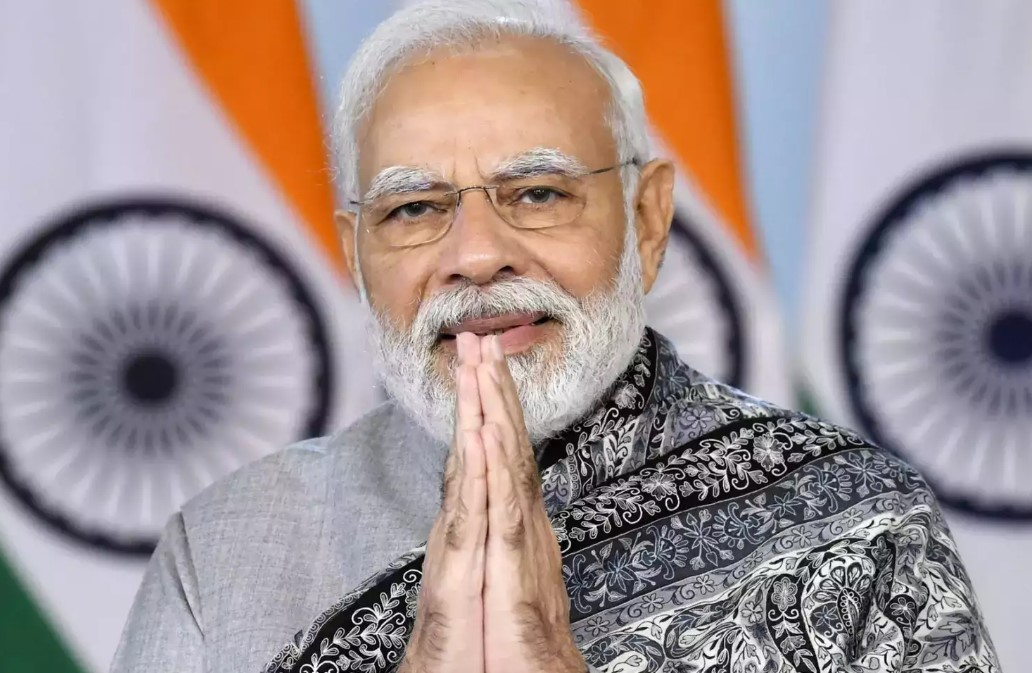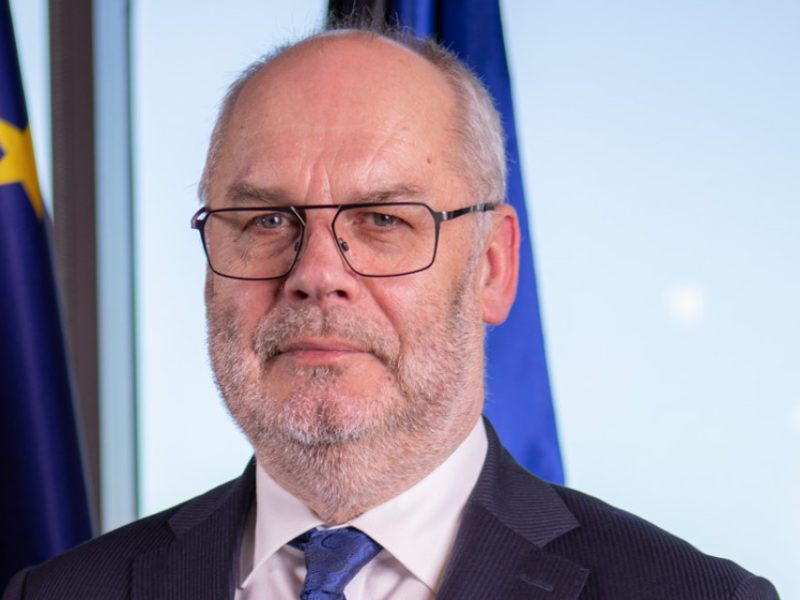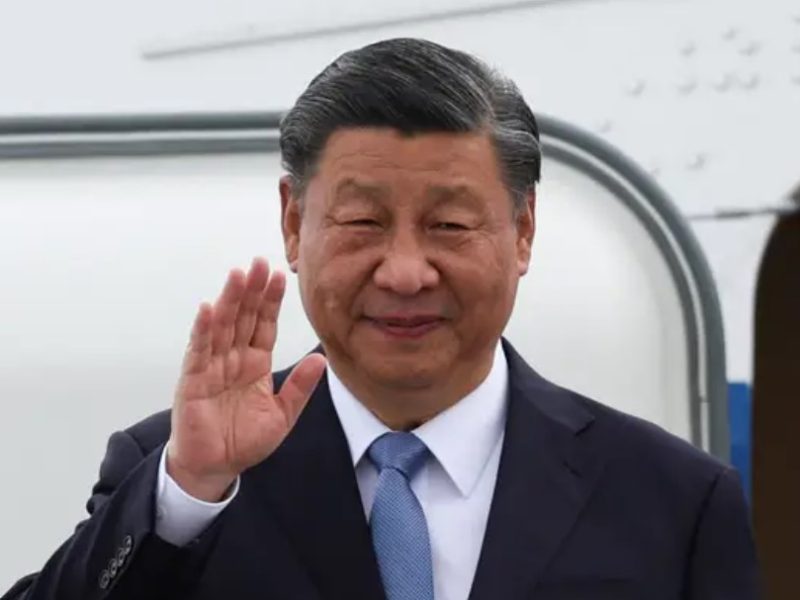Narendra Modi Mobile Number, Phone Number, Email ID, House Residence Address, Contact Number Information, Biography, Whatsapp, and More possible original information are provided by us here.
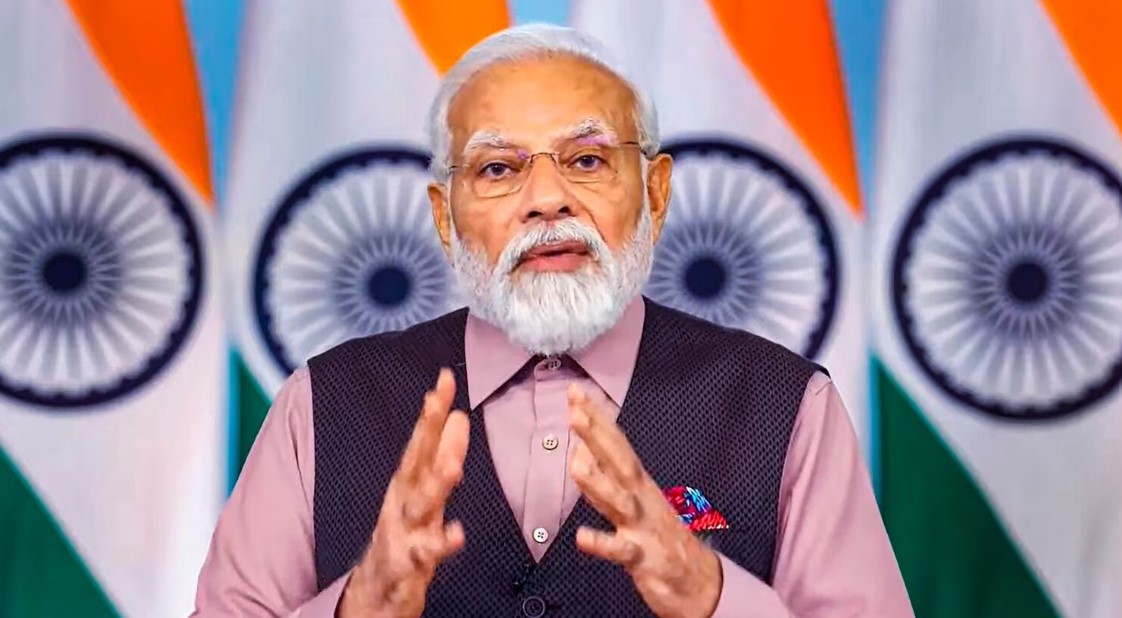
Narendra Damodardas Modi is a politician from India who was born on September 17, 1950. Since May 2014, he has been serving as the 14th Prime Minister of India. In addition to serving as the Member of Parliament (MP) for Varanasi, Modi served as the Chief Minister of Gujarat from the year 2001 to the year 2014. He is a member of the Rashtriya Swayamsevak Sangh (RSS), which is a right-wing Hindu nationalist paramilitary volunteer organization, as well as the Bharatiya Janata Party (BJP), which is a prominent political party in India.
Not affiliated with the Indian National Congress, he holds the record for the longest tenure of any prime minister. Vadnagar, located in the northeastern part of Gujarat, is where Modi was born and nurtured. It is also where he finished his secondary school. At the age of eight, he encountered the RSS for the first time. It is not possible to provide a reliable confirmation of his claim that he assisted his father in selling tea at the Vadnagar railway station. When he was 18 years old, he tied the knot with Jashodaben Modi, but he divorced her shortly thereafter. It wasn’t until forty years later when he was legally obligated to do so, that he publicly acknowledged her love.
1971 was the year when Modi started working for the RSS in Gujarat on a full-time basis. In the year 1985, the RSS assigned him to the BJP, and from that year until 2001, he occupied several posts within the party hierarchy, eventually reaching the position of general secretary. In the year 2001, Modi was given the position of Chief Minister of Gujarat, and shortly after that, he was elected to the legislative assembly. It is believed that his government was involved in the riots that occurred in Gujarat in 2002, and it has been the subject of criticism for the way it handled the situation.
According to government statistics, there were the fatalities of a little more than one thousand persons, with three-quarters of those people being Muslim. Independent sources indicated that there were two thousand deaths, most of whom were Muslim. The Supreme Court of India constituted a Special Investigation Team in 2012, and as a result, the team could not find any evidence that would allow them to commence criminal proceedings against him. His measures as chief minister, which were credited with stimulating economic development, were commended, even though they were criticized.
When it comes to health, poverty, and education indicators in the state, the government of Modi has been criticized for its inability to make meaningful improvements. After the general election in India in 2014, Modi led the Bharatiya Janata Party (BJP) to a parliamentary majority, which was the first time a party had achieved this since 1984. During his administration, there was a growth in direct foreign investment, but there was also a reduction in expenditure on social welfare, education, and hospital facilities. Modi inaugurated a cleanliness drive that received a lot of attention, he controversially started the demonetization of high-denomination banknotes in 2016, he established the Goods and Services Tax, and he reduced or eliminated environmental and labor legislation.
In 2019, the government of Prime Minister Narendra Modi carried out an attack in Balakot on what is believed to be a terrorist training camp in Pakistan. Even though the attack was unsuccessful and it was subsequently discovered that six Indian servicemen had been killed by friendly fire, the operation had a strong appeal to nationalists. In the general election that took place in 2019, Modi’s party emerged victorious with a significant margin. His administration, during its second term, revoked the special status of Jammu and Kashmir, which is a portion of the disputed Kashmir region that is administered by India. Additionally, they introduced the Citizenship Amendment Act, which resulted in widespread protests and sparked riots in Delhi in 2020, in which Hindu mobs brutalized and killed Muslims.
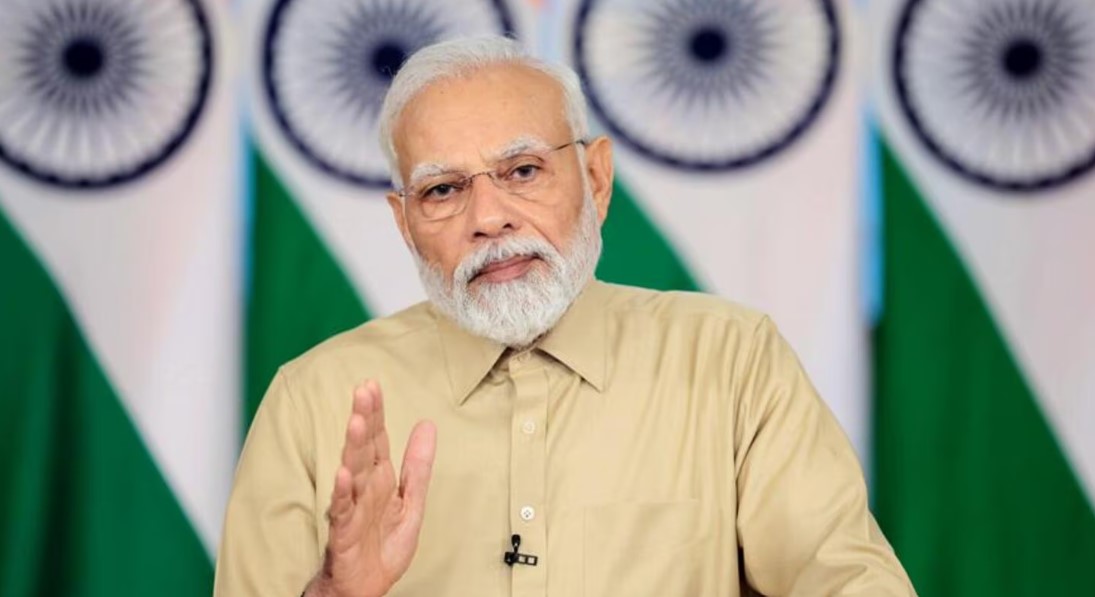
On occasion, with the active participation of police forces that are under the jurisdiction of the Modi government. Farmers from all around the nation staged sit-ins in response to three contentious agricultural legislation, which ultimately resulted in the government’s decision to abolish them. Modi was in charge of India’s reaction to the COVID-19 epidemic, which resulted in the deaths of around 4.7 million people in India, according to figures provided by the World Health Organization. India has undergone democratic backsliding, which may be defined as the weakening of democratic institutions, individual rights, and freedom of speech — all of which have occurred during the reign of Modi.
Throughout his tenure as prime minister, he has constantly achieved excellent approval ratings. Some people have referred to Modi as the one who is responsible for creating a political realignment towards right-wing politics. As a result of his Hindu nationalist ideas and his management of the Gujarat riots, which have been seen as proof of a majoritarian and exclusionary social agenda, he continues to be a controversial figure both inside the United States and worldwide.
Modi finished his upper secondary school at Vadnagar in 1967. His professors characterized him as an ordinary student who was also a passionate and brilliant debater who had an interest in theater. In theatrical plays, he showed a preference for portraying characters who were bigger than life, which had an impact on his political image. Modi was exposed to the Rashtriya Swayamsevak Sangh (RSS) when he was eight years old, and he started attending the RSS’s local shakhas, which are training sessions. It was then that he got acquainted with Lakshmanrao Inamdar, who mentored Modi in his political career and admitted him into the RSS as a balswayamsevak (junior cadet).
While Modi was training with the RSS, he also met Vasant Gajendragadkar and Nathalal Jaghda, two stalwarts of the Bharatiya Janata Sangh who had been instrumental in the establishment of the Gujarat section of the Bharatiya Janata Party in 1980. The marriage of Narendra Modi and Jashodaben Chimanlal Modi took place when she was 17 years old and he was 18 years old. This was a rite that was typical of Narendra Modi’s caste. Not long after that, he left his wife behind and went away from the house. Even though the pair never divorced, he did not publicly refer to their marriage for several decades.
In April of 2014, only a few months before the national election that brought him to power, Modi made a public declaration that he was married and that Jashodaben was his spouse. Modi kept the marriage a secret because he would not have been able to acquire the position of pracharak in the puritanical RSS if he had completed the marriage. Over the following two years, Modi traveled across the northern and northeastern regions of India. Some of the Hindu ashrams that he has visited include the Belur Math, which is located close to Kolkata, the Advaita Ashrama, which is located in Almora, and the Ramakrishna Mission, which is located in Rajkot. He has detailed his visits in interviews.
Because he did not possess the necessary college knowledge, his stints at each ashram were quite short. According to Modi, Vivekananda has been a significant figure in his life. Midway through the year 1968, Modi arrived at Belur Math but was denied entry. Subsequently, he traveled to Calcutta, West Bengal, and Assam, making stops in Siliguri and Guwahati along the route. After that, he proceeded to the Ramakrishna Ashram in Almora, where he was once again met with rejection. In 1968 and 1969, he made his way back to Gujarat by way of Delhi and Rajasthan.
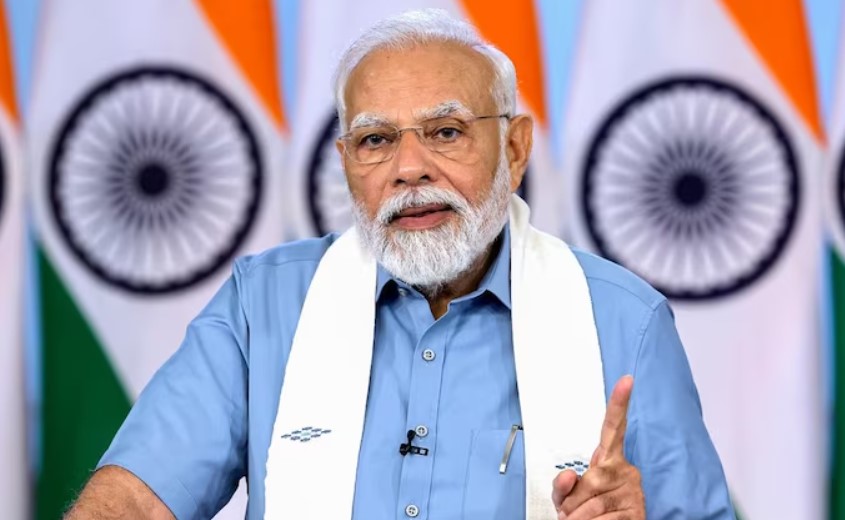
He went back to Vadnagar for a short stay somewhere between the end of 1969 and the beginning of 1970, and then he left once again for Ahmedabad, where he lived with his uncle and worked at the cafeteria that his uncle owned at Gujarat State Road Transport Corporation.
When Modi was in Ahmedabad, he rekindled his relationship with Inamdar, who was working at the Hedgewar Bhavan, which is the headquarters of the RSS in the city. In 1971, Modi participated in a Jana Sangh Satyagraha in Delhi, which was headed by Atal Bihari Vajpayee, to enter military service and fight in the Bangladesh Liberation War. This was the first recorded instance of Modi’s involvement in politics as an adult.
According to Modi, he was temporarily detained in Tihar Jail at the time when the central government, which was governed by Indira Gandhi, outlawed open support for the Mukti Bahini organization. In the aftermath of the Indo-Pakistani War in 1971, Modi resigned from his uncle’s position and began working as a full-time pracharak (campaigner) for the RSS, doing his duties under the direction of Inamdar. During the time leading up to the conflict, Modi was detained for his participation in a peaceful demonstration against the Indian government that took place in New Delhi. As a result of this detention, Inamdar decided to act as a personal mentor to Modi.
Modi claims that he participated in a Satyagraha that finally resulted in a political conflict. With the declaration of a state of emergency in India by Prime Minister Indira Gandhi in June 1975, the situation remained in place until 1977. Many of her political opponents were imprisoned during this period, which was referred to as “the Emergency,” and opposition parties were prohibited from operating. The “Gujarat Lok Sangharsh Samiti,” which is an RSS body that coordinates resistance to the Emergency in Gujarat, has nominated Modi as its general secretary. Almost immediately after that, the RSS was prohibited.
During his time in Gujarat, Modi was compelled to go underground and regularly traveled in disguise to escape being arrested. He once disguised himself as a monk and one time as a Sikh. The production of booklets that were critical of the administration, their delivery to Delhi, and the organization of rallies were all activities that he got engaged in. In addition to this, he was active in the establishment of a network of safe homes for those who were sought by the government, as well as in the process of collecting finances for political refugees and activists.
Modi published a book in Gujarati called Sangharsh Ma Gujarat (In the Struggles of Gujarat) during this period. The book is a description of the events that took place during the Emergency. While in this position, Modi had the opportunity to meet with several prominent national political personalities, including George Fernandes, a trade unionist and socialist campaigner. While working for the RSS in Delhi in 1979, Modi conducted research and produced the RSS’s history of the Emergency. In 1978, Modi became an RSS sambhag pracharak, which is a regional organizer. He was responsible for directing operations in Surat and Vadodara.
In the years that followed, he went back to Gujarat, and in 1985, the RSS appointed him to the position of BJP. In 1987, Modi was instrumental in organizing the campaign of the Bharatiya Janata Party (BJP) in the Ahmedabad municipal election, which the party won with a significant margin of victory. Biographers believe that Modi’s preparation was the primary factor in the party’s victory. Following L. K. Advani’s election as president of the Bharatiya Janata Party (BJP) in 1986, the RSS decided to promote its members to positions of significance within the party. Modi’s performance during the Ahmedabad election was the primary factor that led to his nomination for this post.
The Gujarat section of the Bharatiya Janata Party (BJP) elected Modi to the position of organizing secretary later in the year 1987. Advani’s Ram Rath Yatra in 1990 and Murli Manohar Joshi’s Ekta Yatra (Journey for Unity) in 1991–1992 were both organized with Modi’s assistance. Modi progressed through the ranks of the party and made it to the National Election Committee in 1990. Following a disagreement with Shankersinh Vaghela, a member of parliament for the Bharatiya Janata Party (BJP) from Gujarat, Modi took a short hiatus from politics in 1992 to start a school in Ahmedabad.
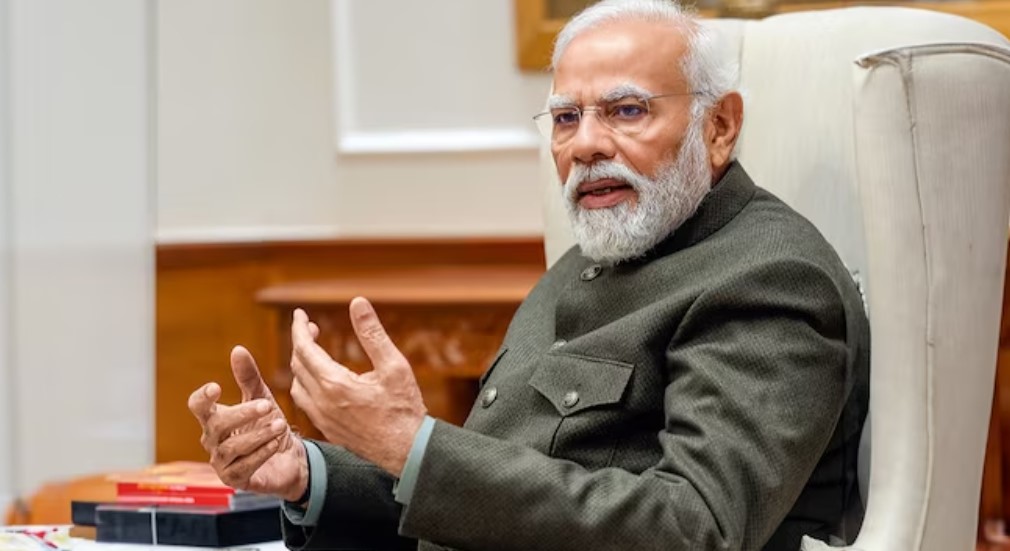
Narendra Modi Phone Number, Email Address, Contact No Information and More Details
Narendra Modi Addresses:
House Address:
Narendra Modi, Vadnagar, India
Fanmail Address / Autograph Request Address:
Narendra Modi
Prime Minister’s Office
South Block
Raisina Hill
New Delhi 110011
India
Narendra Modi Contact Phone Number and Contact Details info
- Narendra Modi Phone Number: +91 (0)11-23012312
- Narendra Modi Mobile Contact Number: NA
- WhatsApp Number of Narendra Modi: NA
- Personal Phone Number: +91 (0)11-23012312
- Narendra Modi Email ID: NA
Social Media Accounts of Content Creator ‘Narendra Modi ’
- TikTok Account: NA
- Facebook Account (Facebook Profile): https://www.facebook.com/narendramodi
- Twitter Account: https://twitter.com/narendramodi
- Instagram Account: https://www.instagram.com/narendramodi
- YouTube Channel: https://www.youtube.com/narendramodi
- Tumblr Details: NA
- Official Website: NA
- Snapchat Profile: NA
Personal Facts and Figures
- Birthday/Birth Date: 17 September 1950
- Place of Birth: Vadnagar, India
- Wife/GirlFriend: Jashodaben Modi
- Children: NA
- Age: 73 Years old
- Official TikTok: NA
- Occupation: Politician
- Height: 1.7 m
Business Facts
- Salary of Narendra Modi: 90 billion
- Net worth: 90 billion
- Education: Yes
- Total TikTok Fans/Followers: NA
- Facebook Fans: 49M followers
- Twitter Followers: 95.3M Followers
- Total Instagram Followers: 86.8M followers
- Total YouTube Followers: 22M subscribers
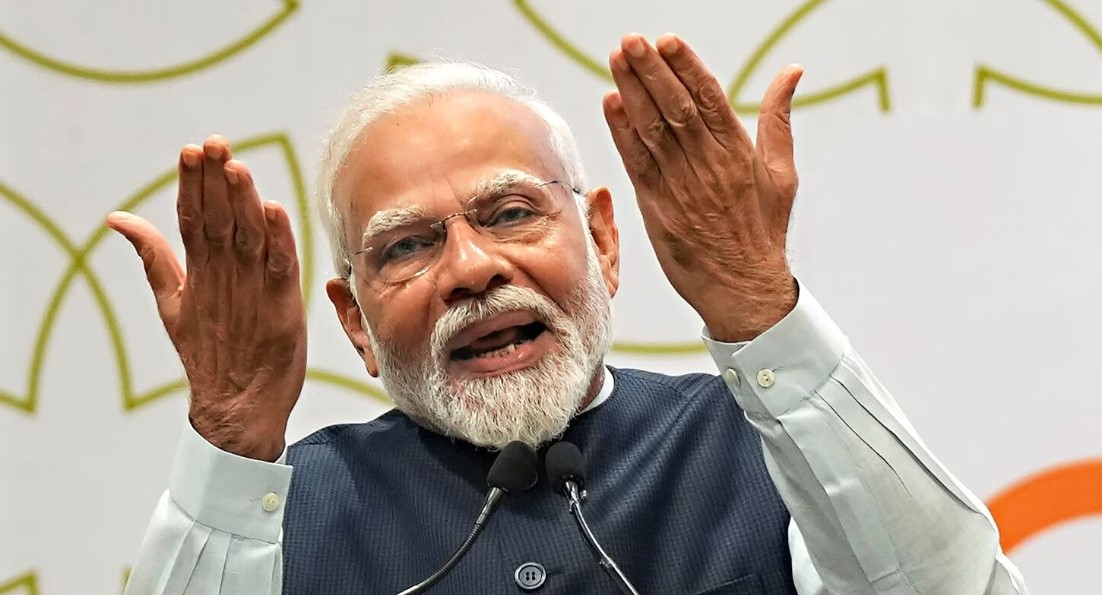
| Narendra Modi Address, Phone Number, Email ID, Website | |
|---|---|
| Email Address | NA |
| https://www.facebook.com/narendramodi | |
| House address (residence address) | Vadnagar, India |
| https://www.instagram.com/narendramodi | |
| Office Address | NA |
| Office Number | NA |
| Official Website | NA |
| Personal No. | NA |
| Phone Number | +91 (0)11-23012312 |
| Snapchat Id | NA |
| https://twitter.com/narendramodi | |
| Whatsapp No. | NA |
Some Important Facts About Narendra Modi:-
- Narendra Modi was born on 17 September 1950.
- His Age is 73 years old.
- His birth sign is Virgo.
